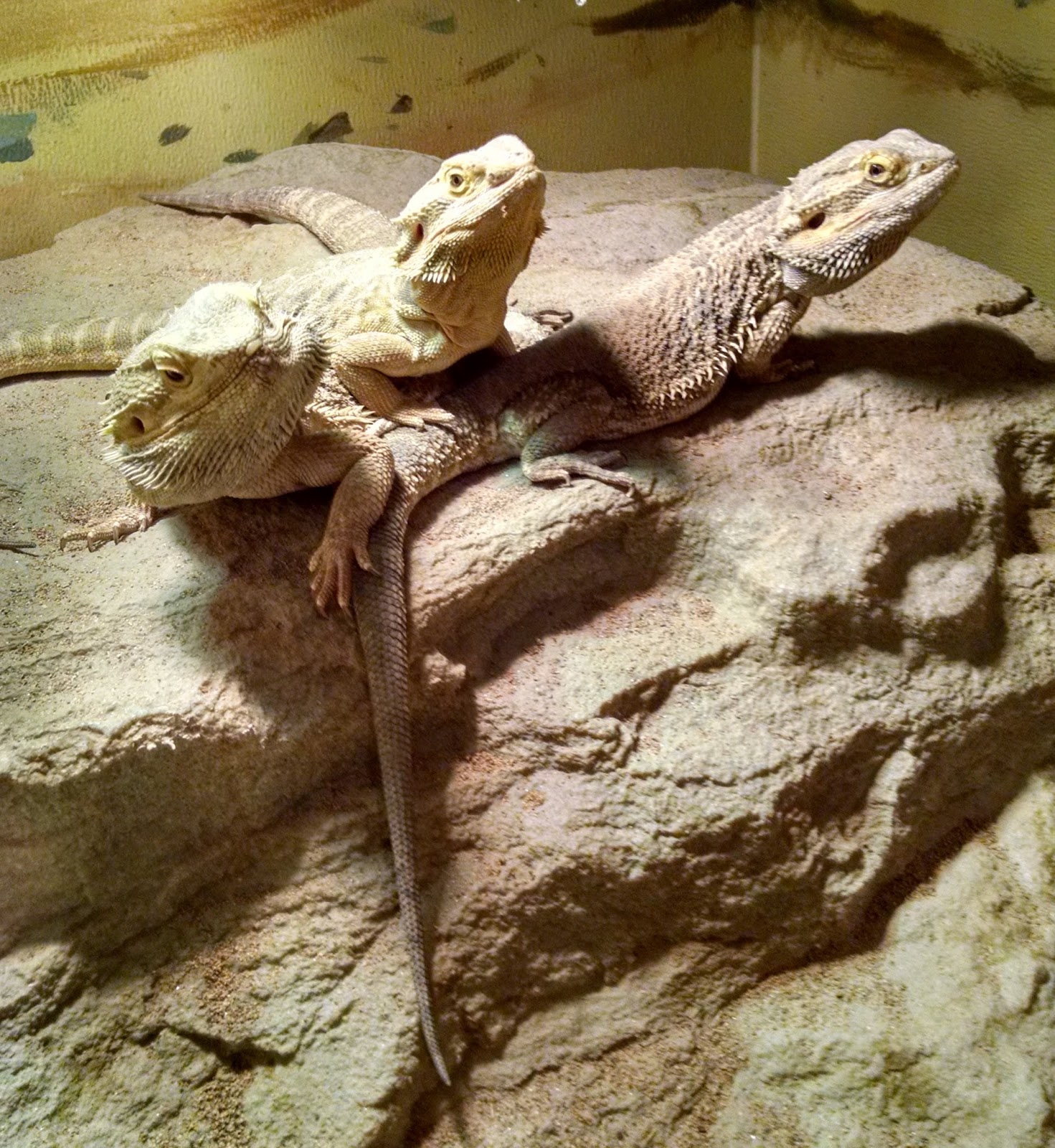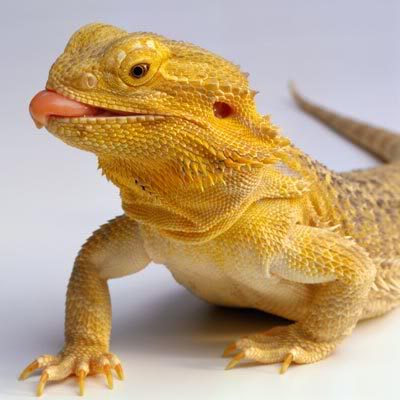The Ultimate Guide to Bearded Dragon Heat Lamps: Everything a Beginner Needs to Know
Introduction
If you’re a beginner in the world of bearded dragons, one of the most important aspects of their care is providing them with appropriate heating and lighting. Bearded dragon heat lamps are an essential component in creating an environment where your pet can thrive. This guide will cover everything you need to know about selecting, setting up and maintaining your bearded dragon’s heat lamps.
Why are Heat Lamps so Important?
Bearded dragons are cold-blooded reptiles and need external sources of heat and light to regulate their body temperature and metabolism. In nature, they bask in the sun for warmth and UVB light. In captivity, they rely on heat lamps to provide this vital aspect of their environment.

Types of Bearded Dragon Heat Lamps
There are different types of heat lamps you can use for your bearded dragon. Some of the most common include:
Incandescent Heat Lamps
Incandescent heat lamps are commonly used and most affordable type of heat lamps. They are available in different wattages and emit a broad spectrum of light and heat. But, they do not produce UVB light.
Ceramic Heat Emitters
Ceramic heat emitters produce heat without emitting light, making them ideal for providing heat during the night since they do not disrupt the dark cycle. They are also ideal for use in large enclosures as they produce heat across a larger area. But, like incandescent heat lamps, they do not produce UVB light.
Mercury Vapor Bulbs
Mercury vapor bulbs are among the most effective and efficient heat lamps for bearded dragons. These bulbs provide both heat and UVB light, making them a two-in-one solution. But, they are more expensive than other heat lamps and should be used with caution as they can cause burns if placed too close to the animal.

Setting Up Your Bearded Dragon’s Heat Lamps
After choosing the type of heat lamp that suits your bearded dragon’s needs, the next step is setting it up properly.
Selecting the Right Wattage
When selecting a heat lamp, consider your bearded dragon’s size and the size of their enclosure. The wattage you need will vary depending on these factors. As a general guideline, the heat lamp should be placed a distance of at least 6-8 inches above the basking spot and provide a temperature of 100-110°F.
Positioning the Heat Lamps
Bearded dragons need a temperature gradient in their enclosure, so it’s important to place the heat lamp on one side of the enclosure to create a basking spot, and the other side should be cooler. If you have more than one heat lamp, you can create different temperature zones by placing them in different spots.
Using a Timer
To ensure your bearded dragon receives consistent lighting and heating, you can use a timer to turn the lamps on and off at set times. A timer ensures consistency, which is essential for maintaining a healthy reptile.
Maintaining Your Bearded Dragon’s Heat Lamps
To ensure your bearded dragon’s heat lamps are working efficiently, you need to maintain them regularly.
Replacing Bulbs
Bulbs should be replaced every six months or as required by the manufacturer. If the bulbs are cracked or broken, they should be replaced immediately. Also, remember to replace the bulbs with the same wattage and type that you were using previously.
Cleaning the Lamps
Clean your heat lamps and their fixtures regularly by wiping them down with a damp cloth. Dirt and dust can accumulate on the lamps’ surfaces over time, making them less effective in providing heat and light.
Conclusion
In conclusion, providing appropriate heating and lighting is essential to the health and wellbeing of your bearded dragon. With this guide, you are now equipped with the knowledge to choose the right type of heat lamp, set it up correctly, and maintain it to ensure your pet is healthy and happy. Remember to consult with your veterinarian or a reptile specialist if you have any questions or concerns. Investing in your bearded dragon’s environment and care is key in creating an overall happy and healthy pet!
